#museos de arte
Explore tagged Tumblr posts
Text

Jacopo de' Barbari, Ritratto di Fra Luca Pacioli con un allievo, (oil on panel), (detail), ca. 1445 / before 1516 [other attributions: Alvise Vivarini, Lorenzo Lotto, Leonardo da Vinci] [Catalogo generale dei Beni Culturali, Roma (CC-BY 4.0). Collezione Farnese, Museo di Capodimonte, Napoli]
#art#geometry#pattern#structure#jacopo de' barbari#alvise vivarini#lorenzo lotto#leonardo da vinci#luca pacioli#fra luca pacioli#catalogo generale dei beni culturali#collezione farnese#museo di capodimonte#1440s
522 notes
·
View notes
Text

Saint Casilda, Francisco de Zurbarán, circa 1630-35
Oil on canvas 171 x 107 cm (67.32 x 42.13 in.) Museo Nacional Thyssen-Bornemisza, Madrid, Spain
#art#painting#francisco de zurbaran#baroque art#baroque#religious art#christian art#17th century art#17th century#1630s#oil#saints#portrait#museo nacional thyssen bornemisza#spanish#caravaggisti#100 notes#250 notes
474 notes
·
View notes
Text
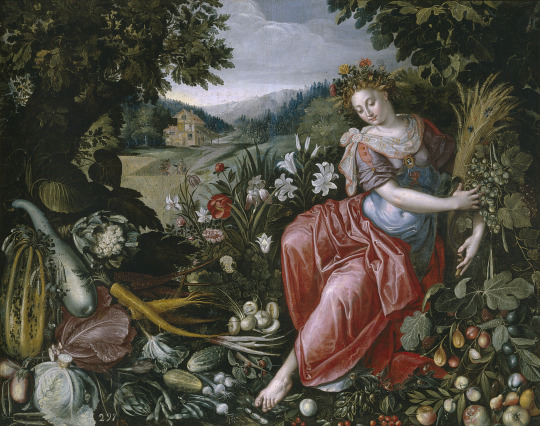
The Earth, Maerten de Vos (1532-1603)
#Earth Day#art#art history#Maerten de Vos#allegory#allegorical art#Baroque#Baroque art#Flemish Baroque#Flemish art#16th century art#oil on canvas#Prado#Prado Museum#Museo del Prado
1K notes
·
View notes
Text

María Hahn, the Painter’s Wife (1901), (detail), by Raimundo de Madrazo y Garreta (Spanish, 1841-1920), oil on canvas, 192 × 128 cm, Museo Nacional del Prado, Madrid
#maría hahn the painter’s wife#raimundo de madrazo y garreta#painting#oil on canvas#detail#painting detail#museo del prado#madrid#20th century#realism#my upload#rococo#art#fine art
470 notes
·
View notes
Text

1905, Armando Menocal, Ganímedes
#Armando Menocal#Ganymedes#Ganimedes#saec. XX#1905#pictura#Museo Nacional de Bellas Artes de Cuba#Havanae#2OLGBY5
1K notes
·
View notes
Text

Baldassare Calamai, Allegoria di Napoleone a Sant'Elena con la Fama che vince la Morte, post 1821
Location: Rome, Museo Napoleonico
Source: Jean Tulard, L’Histoire de Napoléon par la peinture
#my pics#Baldassare Calamai#Museo Napoleonico#Jean Tulard#Tulard#L’Histoire de Napoléon par la peinture#art#Napoleon#napoleon bonaparte#napoleonic era#napoleonic#first french empire#french empire#19th century#history
81 notes
·
View notes
Text
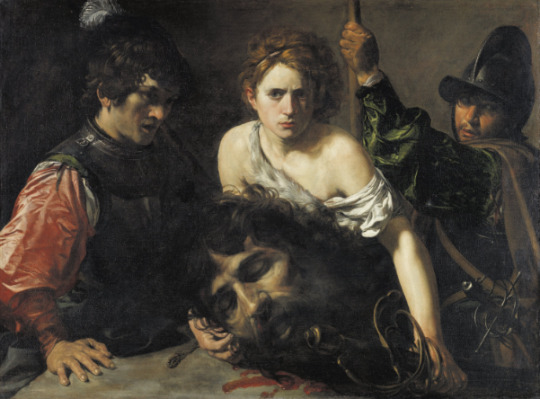
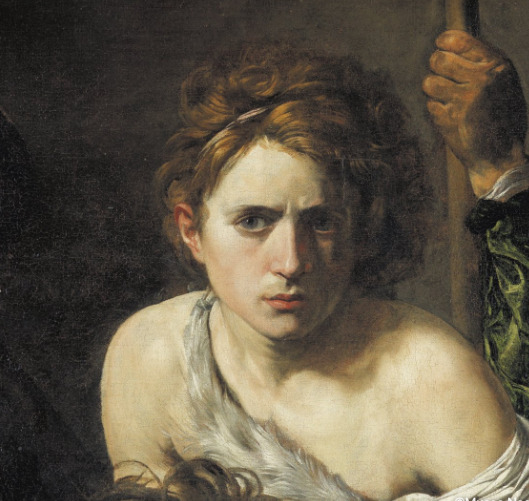

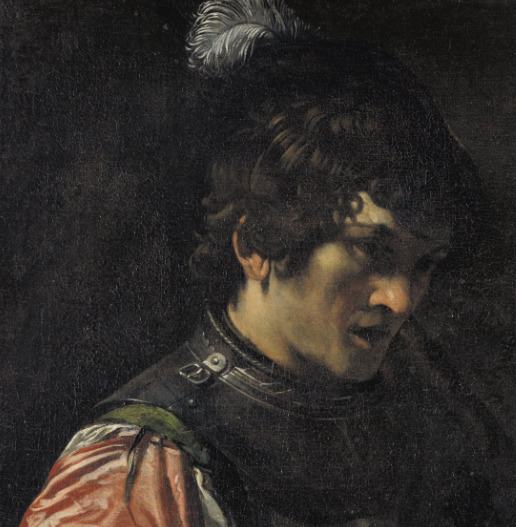
David with Goliath and two soldiers, Valentin de Boulogne, 1620-22
#art history#art#painting#17th century#french art#baroque art#aesthethic#valentin de boulogne#david#goliath#dark academia#david and goliath#museo thyssen bornemisza
310 notes
·
View notes
Text
For #GuineaPigAppreciationDay, here are two Chimú polychrome effigy vessels in the form of guinea pigs, North Coast Peru, 1100-1400 CE, now in the Museo de América Madrid collection. Both feature split-color black and white faces so there are three views of each.
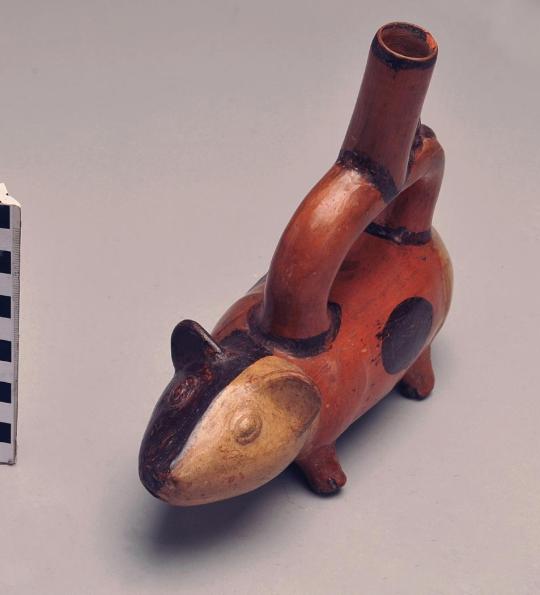
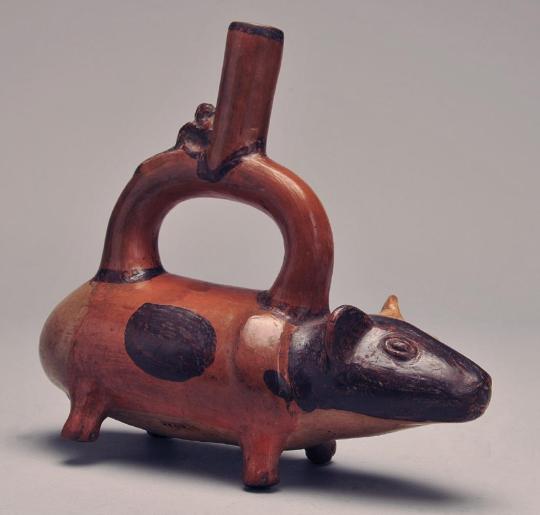
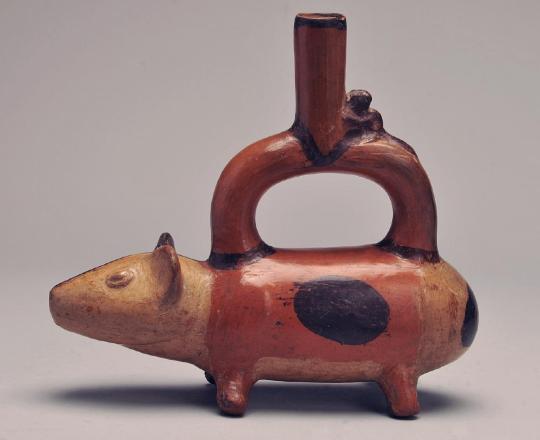
Inv. 10217 (3 views)
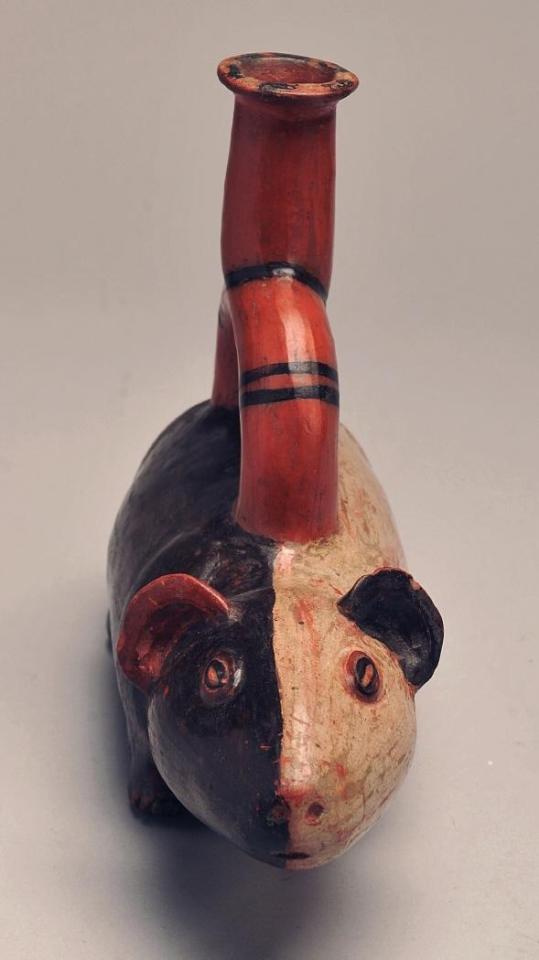
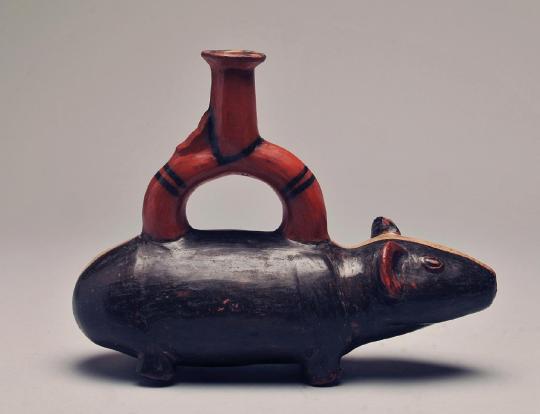

Inv. 10297 (3 views)
#Chimú art#Peruvian art#South American art#Indigenous art#animal holiday#Guinea Pig Appreciation Day#ceramics#effigy vessel#now in the Museo de América Madrid#polychrome#guinea pig#guinea pigs#cavy#cavies#animals in art#pre conquest art
429 notes
·
View notes
Text

Allegory of Summer
Artist: Juan Antonio de Ribera (Spanish, 1779–1860)
Date: c. 1819
Medium: Oil on canvas
Collection: Museo Nacional del Prado, Madrid, Spain
Description
The decoration of the Queen's Casino included two series of similar format and style alluding to cycles of time, painted by José de Madrazo and Juan Antonio de Ribera. These allegories of the Hours of the Day and the Four Seasons took the form of delicate female figures in flight, accompanied by putti who hold their respective attributes.
#allegory of summer#allegorical art#oil on canvas#painting#fine art#spanish culture#spanish art#female figure#fight#putti#flowers#gown#cloth#landscape#sash#wheat#lake#mountains#blue sky#juan antonio de ribera#spanish painter#museo nacional del prado#european art#artwork#oil painting#19th century painting
37 notes
·
View notes
Text
Museo Nacional de Bellas Artes - Buenos Aires 🇦🇷






#tumblr#my pics#photography#picture#tumblr pics#argentina#my photos#artists on tumblr#art#pintura#pinture#photoblog#photo#photograpy on tumblr#photooftheday#photographer#culture#cultura#buenos aires#bellas artes#museum#museo de bellas artes#history#historia#museo
26 notes
·
View notes
Text

Jacopo de' Barbari, Ritratto di Fra Luca Pacioli con un allievo, (oil on panel), ca. 1445 / before 1516 [other attributions: Alvise Vivarini, Lorenzo Lotto, Leonardo da Vinci] [Catalogo generale dei Beni Culturali, Roma (CC-BY 4.0). Collezione Farnese, Museo di Capodimonte, Napoli]
#art#geometry#pattern#structure#jacopo de' barbari#alvise vivarini#lorenzo lotto#leonardo da vinci#luca pacioli#fra luca pacioli#catalogo generale dei beni culturali#collezione farnese#museo di capodimonte#1440s
126 notes
·
View notes
Text
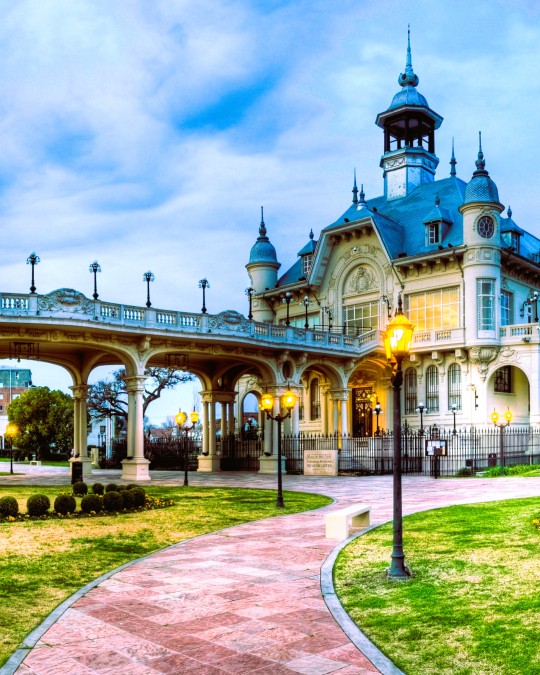
Museo de Arte de Tigre, Buenos Aires, Argentina: The Tigre Club stands on the banks of the Luján River, in Paseo Victorica, Tigre, near Buenos Aires, Argentina. The club, built next to the Tigre Hotel, was financed by Ernesto Tornquist and was designed by the architects Pablo Pater, Luis Dubois and the engineer Emilio Mitre; it was opened on 13 January 1912. Wikipedia
96 notes
·
View notes
Text

Desert Scene, Francisco Lameyer, 1863
#art#art history#Francisco Lameyer#genre painting#genre art#desert#desert scene#Orientalism#Orientalist art#Spanish art#19th century art#oil on canvas#Museum of Romanticism#Museo del Romanticismo de Madrid
250 notes
·
View notes
Text

Flaming June (1895) by Sir Frederic Leighton, 1st Baron Leighton, PRA (English, 1830-1896), oil on canvas, 120 × 120 cm, Museo de Arte de Ponce, Ponce
#flaming june#sir frederic leighton 1st baron leighton pra#frederic leighton#my upload#painting#oil on canvas#art#fine art#museo de arte de ponce#ponce#puerto rico#19th century#academicism#pre raphaelism#allegory#allegorical art#allegorical painting#june
217 notes
·
View notes
Text

Saturn Devouring His Son (1819-1823) 🎨 Francisco de Goya 🏛️ Museo del Prado 📍 Madrid, Spain
The mural paintings that decorated the house known as “la Quinta del Sordo,” where Goya lived have come to be known as the Black Paintings, because he used so many dark pigments and blacks in them, and also because of their somber subject matter. The private and intimate character of that house allowed the artist to express himself with great liberty. He painted directly on the walls in what must have been mixed technique, as chemical analysis reveals the use of oils in these works. The Baron Émile d´Erlanger acquired “la Quinta” in 1873 and had the paintings transferred to canvas. The works suffered enormously in the process, losing a large amount of paint. Finally, the Baron donated these paintings to the State, and they were sent to the Prado Museum, where they have been on view since 1889.
Saturn devouring one of his sons is one of the most expressive images from his Black Paintings. It occupied the wall across from Leocadia Zorrilla on the ground floor of “la Quinta del Sordo.” This mythological god could be the personification of such a human feeling as the fear of losing one´s power. The mural paintings from “la Quinta del Sordo” (the Black Paintings), have been determinant in the modern-day consideration of this painter from Aragon. The German Expressionists and the Surrealist movement, as well as representative of other contemporary artistic movements, including literature and even cinema, have seen the origins of modern art in this series of compositions by an aged Goya, isolated in his own world and creating with absolute liberty.
#Saturn Devouring His Son#Francisco de Goya#Romanticism#painting#Museo del Prado#Madrid#Spain#mythological#oil on canvas#1819#1820#1821#1822#1823#art#artwork#art history#spanish
32 notes
·
View notes
Text

source:bishopsbox
Eve (1945), by Juan Barbero Martínez. Málaga Museum.
Eva (1945), por Juan Barbero Martínez. Museo de Málaga.
144 notes
·
View notes